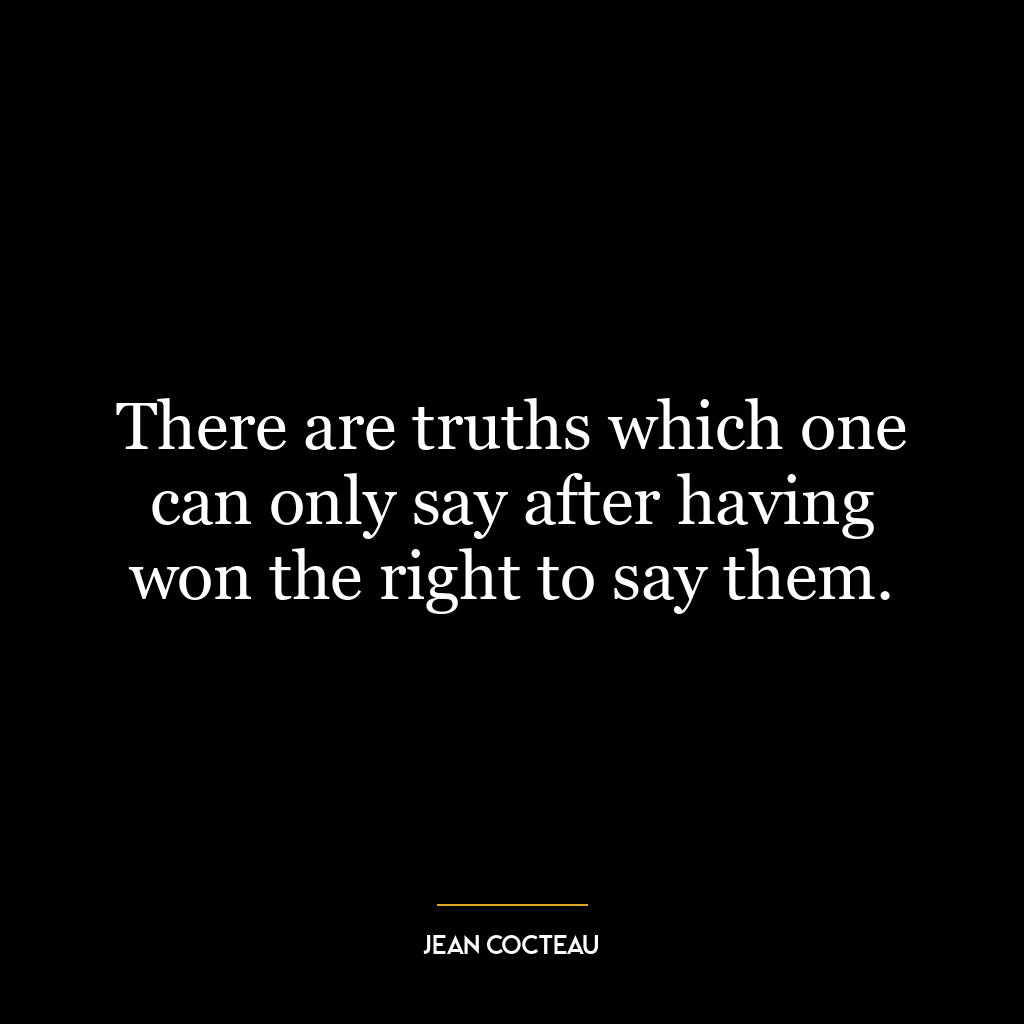Truth and untruth often co-exist; good and evil often are found together
This quote suggests that truth and untruth, as well as good and evil, are not always separate entities, but often coexist in the same situations or even within the same person. It reflects the complexities and contradictions of human nature and the world. Nothing is purely good or purely evil, purely true or purely false. Instead, these elements often intertwine and interact in intricate ways, making it challenging to distinguish one from the other.
In the context of personal development, this quote can serve as a reminder that we are all composed of both strengths and weaknesses, virtues and vices. It encourages us to acknowledge and accept our flaws, rather than deny or hide them. Only by recognizing and confronting our weaknesses can we truly grow and improve. It also suggests that we should not hastily judge others as wholly good or evil based on their actions, as everyone has their own mix of positive and negative traits.
In today’s world, this quote is particularly relevant in the realm of information and media. In the digital age, we are constantly bombarded with a mix of true and false information. It’s often difficult to distinguish fact from fiction, as untruths can be skillfully disguised as truths. It’s crucial to remain skeptical and critical, and to make the effort to verify information before accepting it as truth.
Moreover, this quote can also be applied to the political and social spheres. We often see leaders or policies that bring about both positive and negative effects, or social movements that champion noble causes but also cause unintended harm. This quote reminds us to acknowledge these complexities and to strive for a balanced perspective. It encourages us to seek out the truth amidst the untruth, and the good amidst the evil, in order to make informed judgments and decisions.









